Hidden in the hills of Wheeling, West Virginia is Oglebay Park. Oglebay is renowned for its fantastic festivals, accommodations, activities, and Christmas light show. However, one often overlooked issue is the excessive overpopulation of deer in the area. Oglebay’s website states that “Currently, the herd (of deer) at Oglebay is more than 10 times the regional average per square mile per reporting from the USDA.”
“You can’t have a nice garden unless it’s completely fenced in. You can’t put out nice flowers without the deer coming and eating them. There are too many of them.” said Corrine Wheeler.
Oglebay expresses concern about overpopulation and explains that a reduction of herds comes with a reduction in risks involving deer. Some of these impacts and risks include deer-vehicle collisions, disease, and deer herd health. According to The Public News Service, “West Virginia ranks number one in the nation for wildlife/vehicle collisions”. This overpopulation problem that Oglebay and Ohio county faces, is not safe. This is why Olgebay decided to instate an Urban Deer Culling hosted at the resort.
During the time when Oglebay was preparing for this event, a petition was submitted to end the bow and arrow deer culling that Oglebay was hosting. This petition claimed that the deer were a “herd of deer that are frequently hand fed and are tame.” These deer are far from tame. They are wild animals. The only reason the deer could be considered tame is from the fact that they are being hand-fed human food, which may seem helpful, but it ultimately harms them. Some of the food that are fed to these deer are advertised as “deer corn”, but according to ncwildlife.org it “can cause painful ailments such as acidosis, enterotoxaemia, aflatoxin poisoning, and hoof deformities.” We can observe that as much as these animals may be acceptable to humans, they are getting harmed due to the food they are being given. Not to mention in West Virginia, feeding wildlife is illegal.
The petition requested “public disclosure of a comprehensive study as well as non-lethal methods such as contraception or relocation programs.” Relocation would not be a substantial solvent to this problem, because when relocating deer it will overpopulate another central area, or the deer will return back to where they have been illegally fed.
The deer hunt went on and 16 deer were killed, 10 of them being does. This event of these deer being hunted did not have much of an impact on the overpopulation of deer that reside in Oglebay. This is because, as we know, Oglebay has 10 times the regional average per square mile.
Still looking for a way to help decrease this overpopulation, a solution came about. It didn’t happen in the normal way like the idea for bow hunting the deer did, but instead an insect. This insect could barely be seen by the human eye due to the lighting and composition. This insect carried a disease that has the potential to bite and kill deer. It carries Epizootic Hemorrhagic Disease.
Epizootic Hemorrhagic Disease or Bluetongue is a common viral disease found in deer. This insect has many different names such as No See Ums, Punkies, and of course the scientific name for it is Genus Culicoides. It is also found in domestic sheep, cattle, and goats.
“It is not believed to transfer to humans or pets or even from deer to deer. It is only said to be harmful and fatal to those animals having a four chambered stomach that chew cud or ruminants,” said Cary Town.
Cary Town is the owner of The Wildlife Professionals of Wheeling, located on 72 Rocky Rd, Wheeling, WV. He went into detail and explained how each part of the process of this disease works, how it affects the deer population, how it ends, etc.
“The severity was sparked by the unexpected drought this year where standing water and lack of flowing water have drawn the deer to these watering spots. It’s believed that it was pushed here from the south by storms such as Hurricanes. It is also believed to be on a 5 to 7 year cycle as well.” said Town.
Cornell Wildlife Health states, “Acutely infected deer may die WITHIN 1-3 DAYS after being bitten by the midge.” Some signs these deer show after being bitten by the midge are: appearing weak, lethargic, and disoriented. These signs may be hard to distinguish due to the nature of deer being a wild animal and unpredictable. Some more noticeable signs of the deer being infected are having a swollen head, tongue, neck, or eyelids.
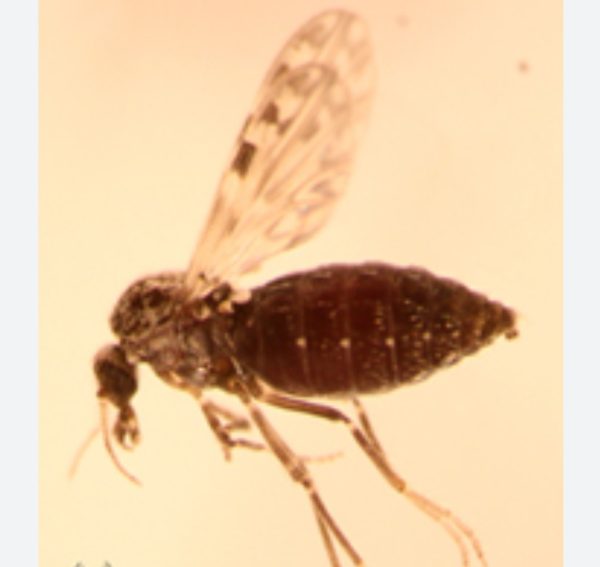
“I estimate that there will be a loss of over a 1,000 deer in the Ohio County region alone.” said Town.
That estimation has already started to count up. Zach Herink works at Speidel Golf Club at Oglebay Resort. He agrees that this midge helps with the overpopulation of deer, and shares about how many he has seen on the course.
“At the golf course property, I would have to guess around 15-20 that we have seen.” said Herink.
So really this midge could be the solution to the overpopulation problem that Oglebay faces.
“Once a hard frost has been experienced the disease spread will slow until the midge has been killed and then will cease to continue until our next heavy drought or hatching of midges,” said Town.
After the midge makes its way back into the ground, Oglebay will have to keep up with the deer culling and bow hunting event. This will ultimately keep the population from getting uncontrollable.






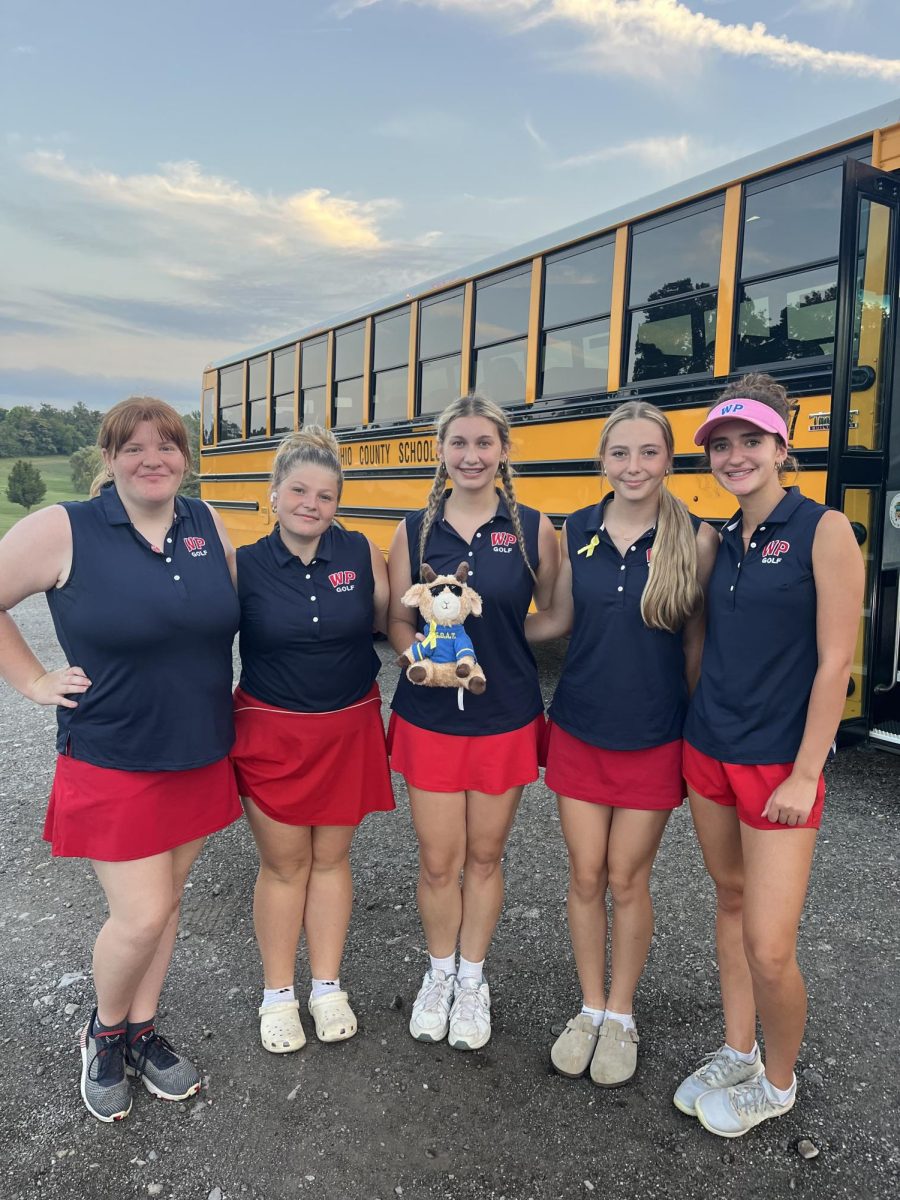
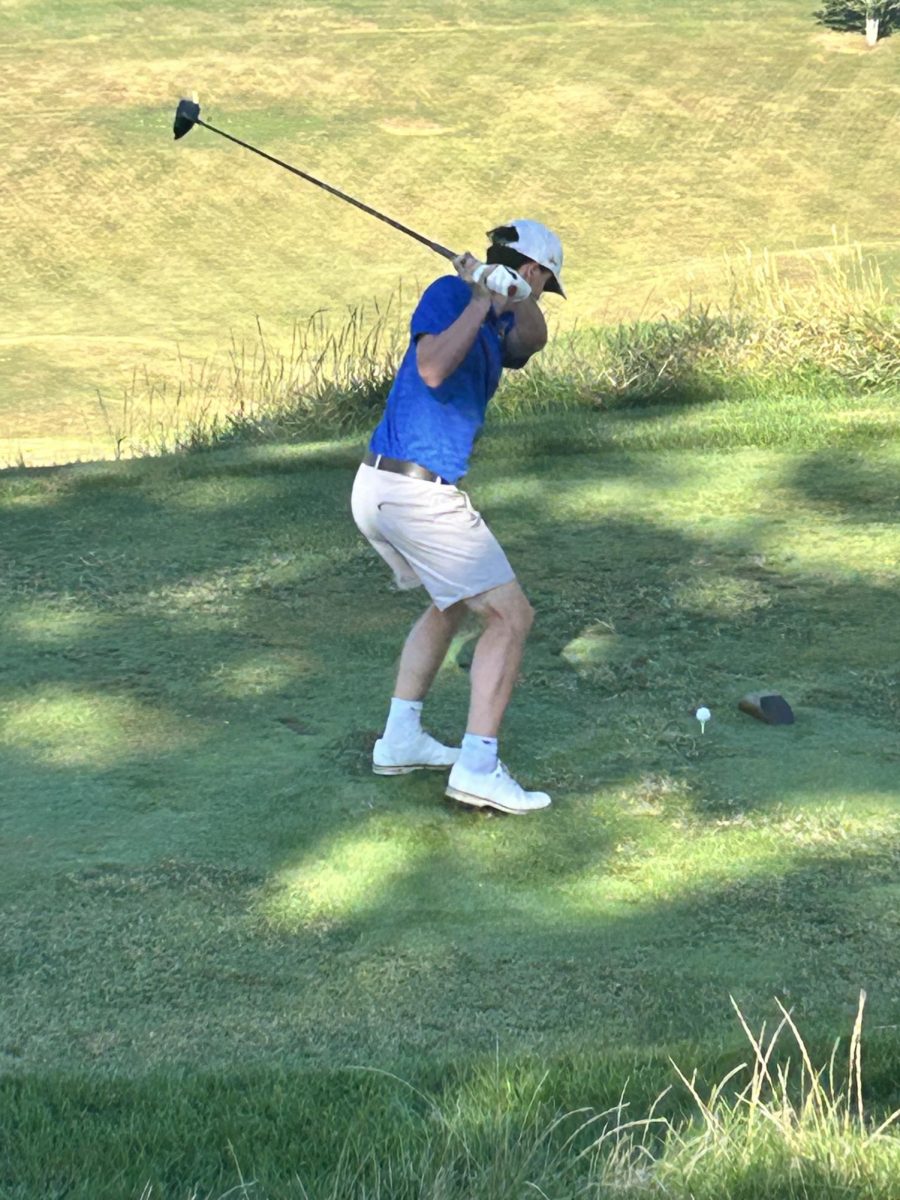




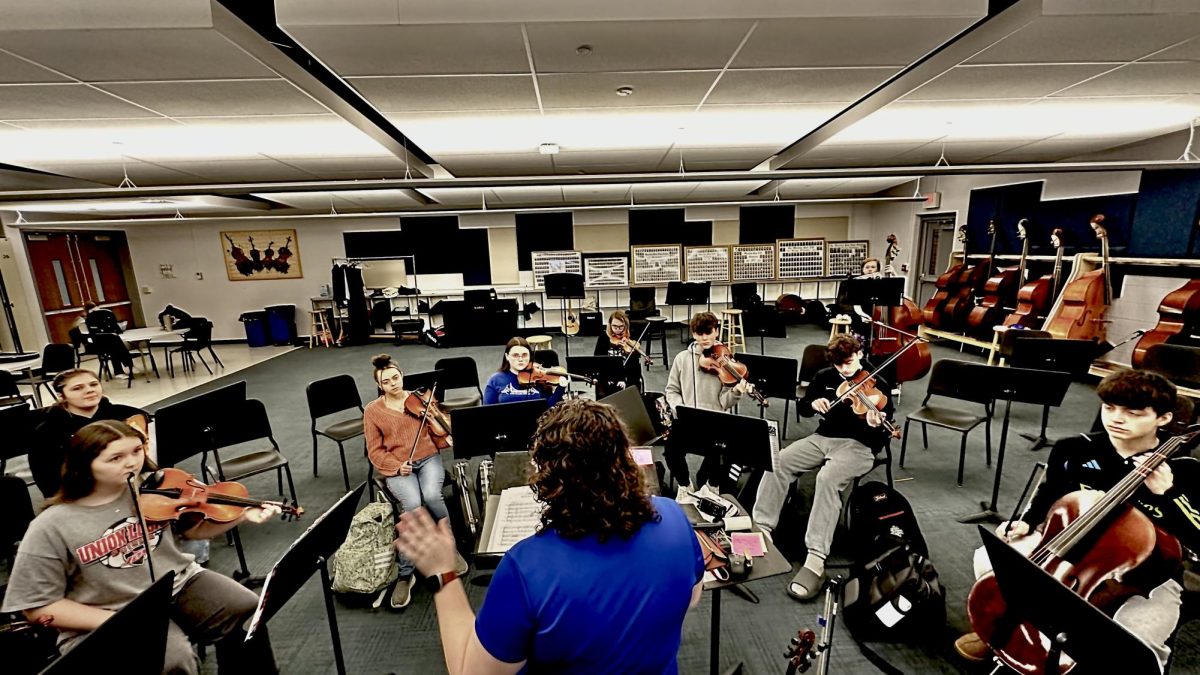
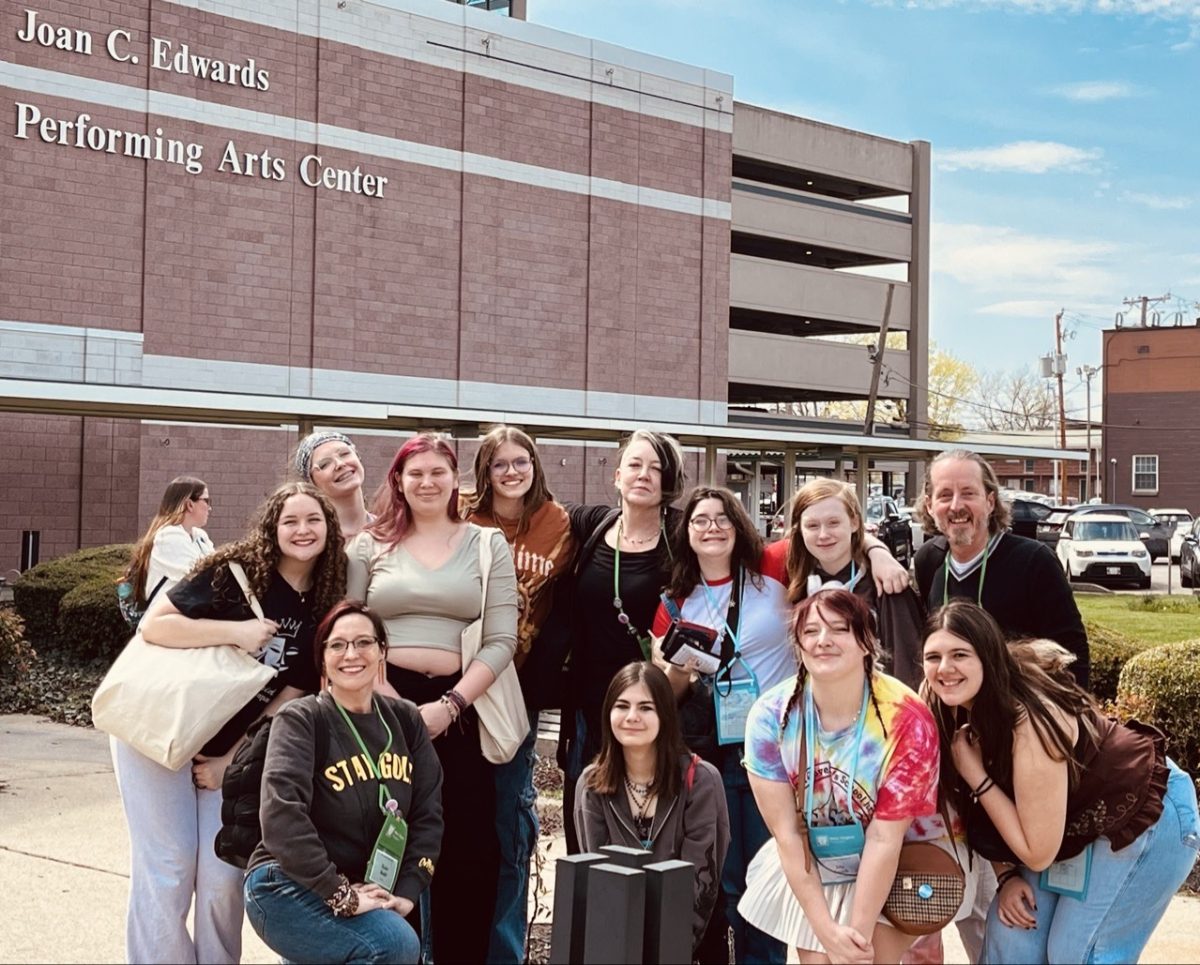

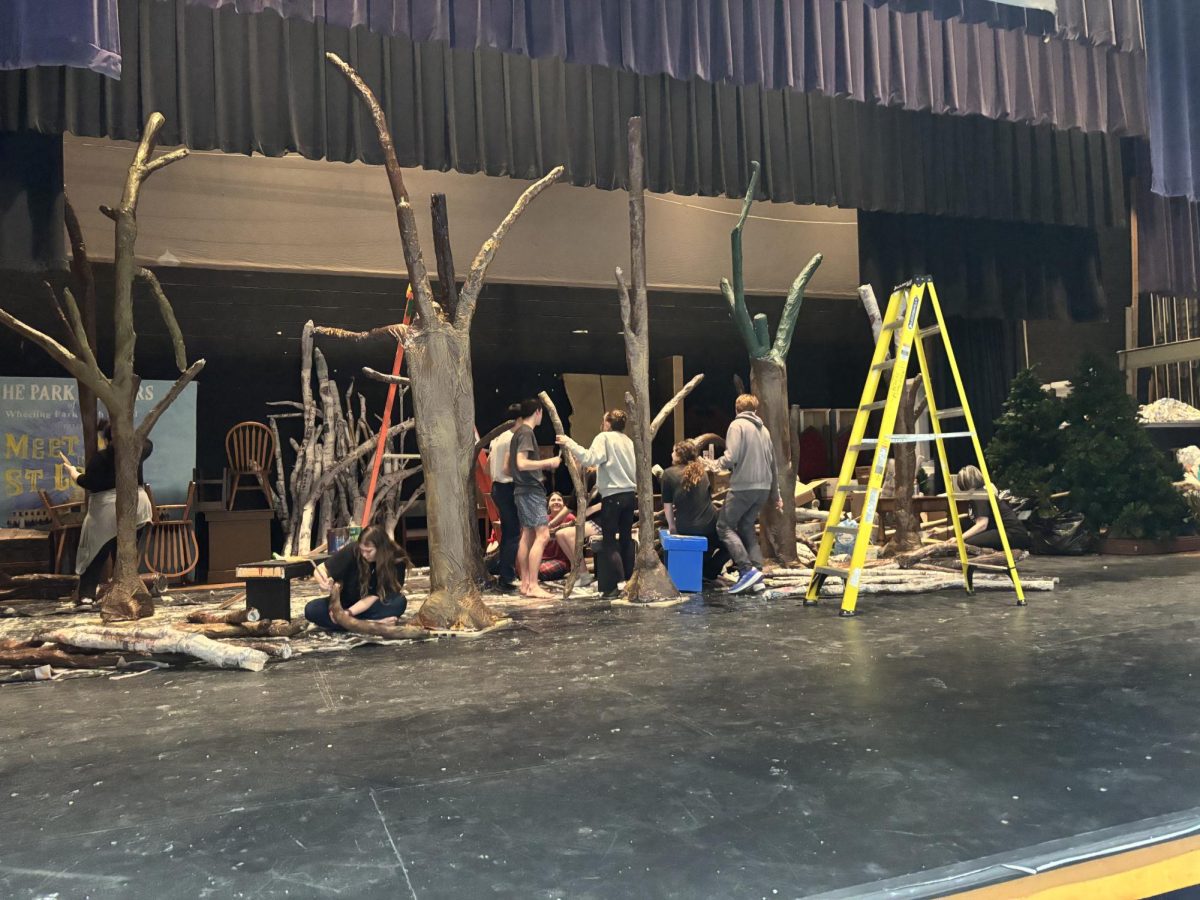







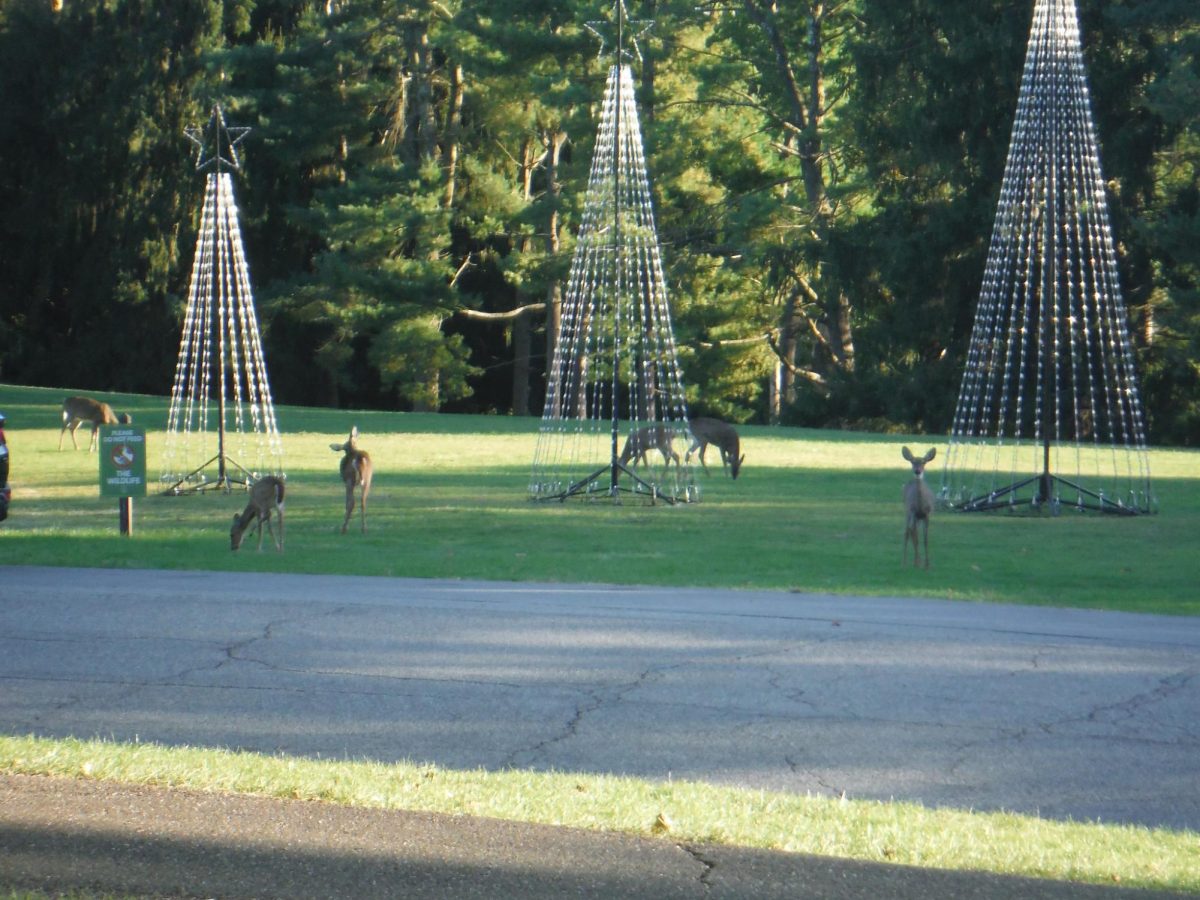


Jackie Jamison • Oct 28, 2024 at 10:50 pm
Good job Ella.
Dee Wear • Oct 27, 2024 at 10:07 pm
Really enjoyed reading this article. Great information
REBECCA Kaniecki • Oct 23, 2024 at 1:31 pm
Great article Ella!!! Keep up the good work.
Corrine Wheeler • Oct 21, 2024 at 12:36 pm
Well written!!!